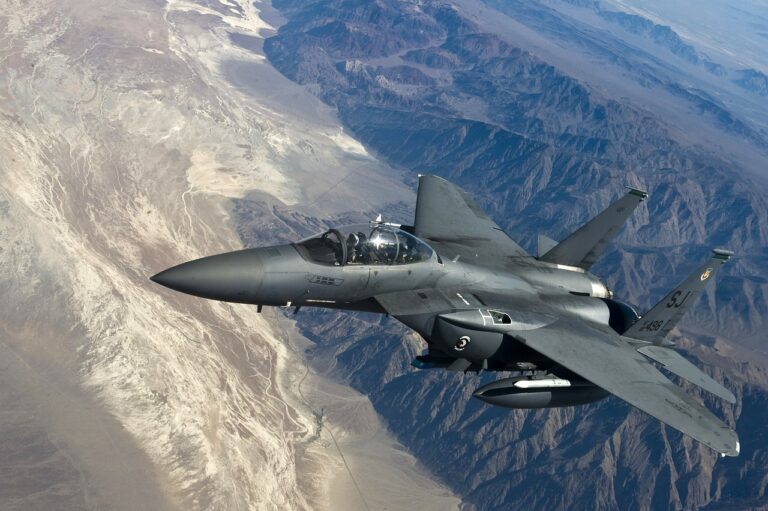Recently, we all have heard about the supersonic jets Rafale that has been added to the Indian Airforce that can go upto Mach Number 1.8. While watching a satellite launch, we often come across the term Mach number, now what does this term Mach number mean.
Introduction

The Mach number represents the velocity of the aircraft relative to that of sound. Now, it may seem simple right, we know the velocity of aircraft and the speed of sound of a region, their ratio gives us Mach number. Thus,
M= v/a (velocity of the aircraft/ speed of sound)
Where M is Mach Number, v is the velocity of aircraft, and is the speed of sound.
However, the Mach number gives us an insight into a wide range of characteristics of the flow, let us look at them in detail and understand the significance of the Mach number.
Speed of sound can be given by the following formula:
a=(dp/dρ)^1/2
Here, the formula refers to the speed of sound and represents a change in pressure with respect to a change in density. Now, for a perfect gas, that is, where intermolecular forces are being neglected and have isentropic process (an adiabatic and reversible process). An adiabatic process can be defined as the process in which no heat transfer takes place and a process is said to be reversible when the effects of viscosity, thermal conductivity, and mass diffusion are absent that is no dissipative phenomenon is there. This formula gives us
a=(γRT)^1/2
Where represents the ratio of specific heat, R represents Gas Constant and T represents temperature. The formula clearly states that the speed of sound is dependant on the temperature and thus, will vary.
Now, let us take a look at the physical significance of the Mach number is the ratio of kinetic energy to internal energy, which gives us the measure of the directed motion of the gas compared with the random motion of molecules. Thus, we have:

Mach Number Regimes
If M is the local Mach number of the flow, then
| M<1 | Subsonic flow |
| M=1 | Sonic flow |
| 0.8 < M < 1.2 | Transonic flow |
| M>1 | Supersonic flow |
| M>5 | Hypersonic flow |
The above represents various flow regimes, subsonic flow represents the flow velocity is less than the speed of sound and the flow is characterized by smooth streamlines.

Sonic flow represents the flow velocity is equal to the speed of sound in the region. Transonic flow represents the mixed regions where the flow is subsonic and supersonic


Supersonic flow represents that the flow velocity has exceeded the speed of sound and thus, shockwaves appear. Now, let us understand this as you are traveling in a crowded train and whenever you move forward the person in front of you gets notified and has already adjusted himself, making a path for your movement but in case you are traveling very fast, the person doesn’t get notified and thus, didn’t move and thus, you will collide with him. Similar kind of thing happens with the molecules, the upcoming molecules are being notified of the coming object at the speed of sound but since you are traveling at a speed greater than that of sound the molecules are unaware of the coming object and thus, collide, resulting in the formation of the shockwave.

Hypersonic flow represents that flow velocity is high enough that thermodynamics and chemistry of the flow need to be considered because of high surface temperatures.

Now, determining the Mach number helps us in determining the type of flow, further in the case of subsonic flow, For M < 0.3 the flow can be considered incompressible as the compressibility effects are very small. Further, in the case of supersonic flow all the flow properties such as temperature, pressure, and density that change across the shockwave is the function of the local Mach number.
Credits – J.D Anderson
* The information provided herein is, to the best of our knowledge and is only for informative purpose. If you have a news update or correction, let us know at -info@garudauniverse.com




